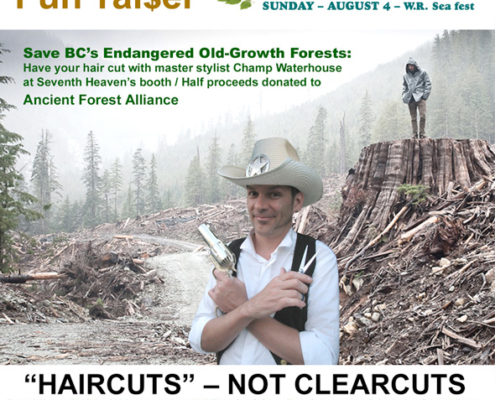
HAIRCUTS, NOT CLEARCUTS. Sunday, Aug. 4th
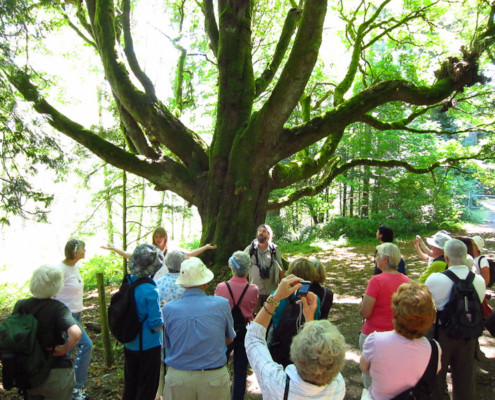
Mon. July 22, Greater Victoria’s Finest Ancient Forest Walk! Fundraiser
Nature Walk and Fundraiser for the Ancient Forest Alliance with Victoria Natural History Society president Darren Copley and Royal BC Museum collections manager Claudia Copley, and with the Ancient Forest Alliance’s Ken Wu and TJ Watt through the Spectacular ROYAL ROADS ANCIENT FOREST!
Hike at Avatar Grove – Boardwalk Fundraiser! Sunday, July 21st.
Join Darren Copley, Victoria Natural History Society president, and Claudia Copley, Royal BC Museum entomology collections manager, BC spider expert Dr. Robb Bennett, and Ancient Forest Alliance organizers Ken Wu and TJ Watt on Sunday, July 21st for a fantastic forest hike. You'll learn about the plants and wildlife of our old-growth forests, see the progress of the boardwalk so far and find out how you can help support the completion of this important project!
Avatar Grove: Seeing the forest for the ancient trees
“There’s so little of this lowland, monumental forest left,” said Mr. Wu. “Luckily, as a result of massive public pressure, this area was saved. It’s one of the finest groves of old growth in B.C. … and it is generating hundreds of thousands of dollars for the local economy each year.”
Jon Cash, a director of Port Renfrew Chamber of Commerce and owner of Soule Creek Lodge, said the economic impact of the trees isn’t something environmentalists have dreamed up.
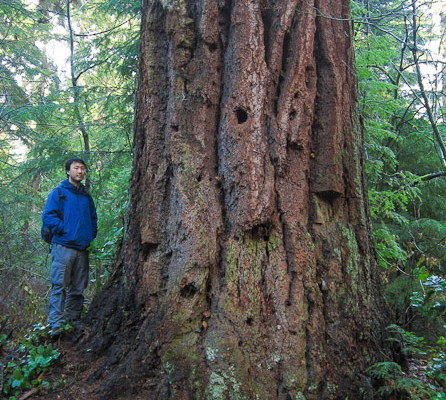
Stanley Park Old-Growth Forest Walk and Fundraiser! July 25th, 7:00-8:30pm
Join the Ancient Forest Alliance's Ken Wu, TJ Watt, and Hannah Carpendale for a guided nature walk to some of the largest old-growth redcedars, Douglas-firs, grand firs, and bigleaf maples left in the Lower Mainland! Learn about the ecology, plants, and animals that inhabit this forest.
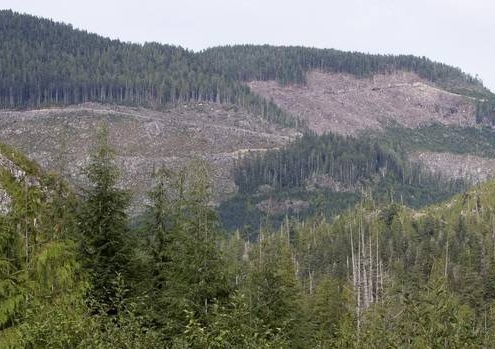
Activists decry planned logging of old-growth forest on Vancouver Island
A Vancouver Island company is preparing to log a chunk of old-growth forest near Port Alberni that was once protected as winter range for deer, according to conservation groups.
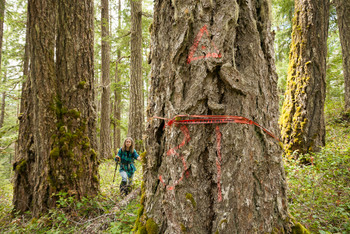
Island Timberlands to log contentious old-growth forests on Vancouver Island
Juniper Ridge is an increasingly rare tract of old-growth forest filled with endangered old-growth Douglas-fir trees, sensitive ecosystems of brittle reindeer lichens growing on open rocky outcrops, and an abundance of juniper shrubs.
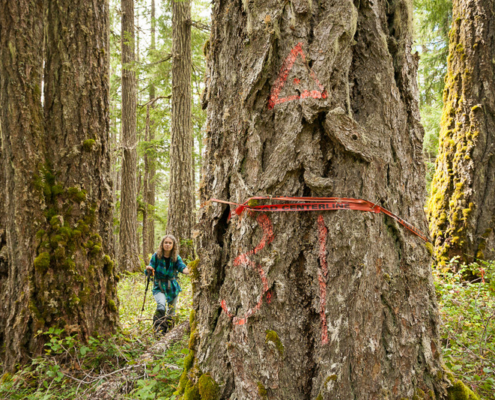
Island Timberlands Moves to Log Contentious Old-Growth Forests and Deer Winter Range Intended for Protection on Vancouver Island
Island Timberlands is moving full throttle to log some of their most contentious old-growth forest lands near Port Alberni, including “Juniper Ridge”, an ungulate winter range formerly intended for protection, and Labour Day Lake, the headwaters of Cathedral Grove’s Cameron River.
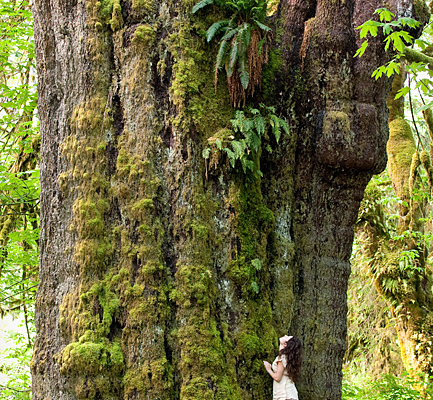
Saving the biggest, oldest trees
"In town, I spoke with Jon Cash, the former president of the Port Renfrew Chamber of Commerce and co-proprietor of Soule Creek Lodge. He explained that for about a century Port Renfrew was a lumber town, but when the main company in the area moved its centre of operations to Lake Cowichan in 1990 it caused economic difficulties. 'We had to re-invent ourselves,' said Cash. 'We've recently started promoting tall tree tourism, and it's working.'
Port Renfrew, known as the 'Big Tree Capital of Canada,' is well positioned since many of the nation's largest trees are found in the area. But it's not easy, for the lumber industry covets old-growth trees, which are far more valuable than second-growth trees, and is quietly cutting down as many as possible."
CBC Radio Interview: New boardwalks at Avatar Grove
Welcoming the world to hidden treasure. Volunteers are building boardwalks to Avatar Grove the old growth forest near Port Renfrew. We hear how popular the site is becoming.
